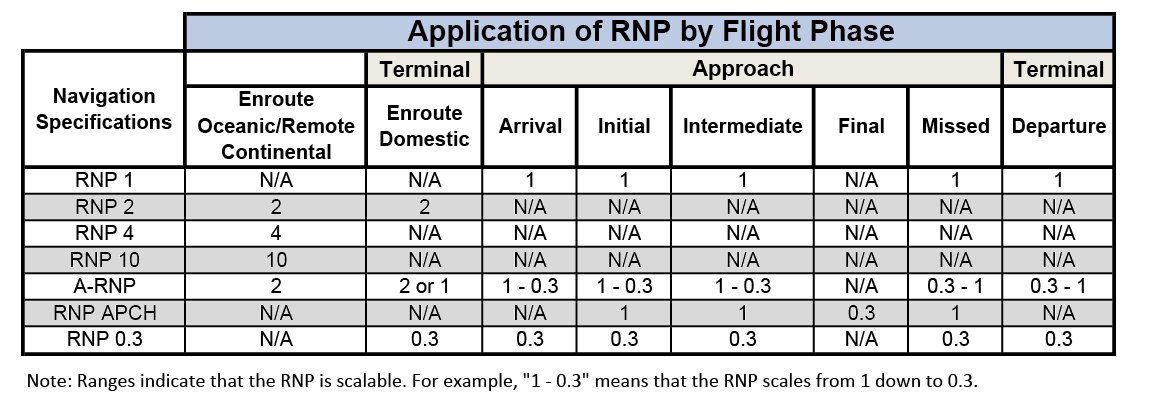
Owners of navigation aids that are not for public use may elect to turn off the signal for whatever reason they may have for example, maintenance, energy conservation, etc. In addition, the pilot must be authorized by the FAA to fly special instrument approach procedures associated with private navigation aids (see paragraph 5-4-8). Pilots planning flights to locations which are private airfields or which have instrument approach procedures based on private navigation aids should obtain approval from the owner.Except when being radar vectored to the final approach course, when cleared for a specifically prescribed IAP i.e., "cleared ILS runway one niner approach" or when "cleared approach," i.e., execution of any procedure prescribed for the airport, pilots must execute the entire procedure commencing at an IAF or an associated feeder route as described on the IAP chart unless an appropriate new or revised ATC clearance is received, or the IFR flight plan is canceled.The controller will use the name of the approach as published, but must advise the aircraft at the time an approach clearance is issued that the inoperative or unreliable approach aid component is unusable, except when the title of the published approach procedures otherwise allows, for example, ILS or LOC The name of an instrument approach, as published, is used to identify the approach, even though a component of the approach aid, such as the glide-slope on an Instrument Landing System, is inoperative or unreliable.More than one navigational system separated by the word "or" indicates either type of equipment may be used to execute the final approach.More than one navigational system separated by a slash indicates that more than one type of equipment must be used to execute the final approach.Circling only approaches are identified by the navigational system providing final approach guidance (i.e.

Straight-in IAPs are identified by the navigational system providing the final approach guidance (i.e., VOR) and the runway to which the approach is aligned (i.e., 16).The navigation equipment required to join and fly an instrument approach procedure is indicated by the title of the procedure and notes on the chart.Civil aircraft may conduct practice VFR approaches using DOD instrument approach procedures when approved by the air traffic controller.Information on obtaining a PPR for a particular military airport can be found in the Chart Supplement U.S.Unless an emergency exists, civil aircraft operating at military airports normally require prior authorization, commonly referred to as "Prior Permission Required" or "PPR".14 CFR Section 91.175(g), Military airports, requires civil pilots flying into or out of military airports to comply with the IAPs and takeoff and landing minimums prescribed by the authority having jurisdiction at those airports.If there are military procedures published at a civil airport, aircraft operating under 14 CFR Part 91 must use the civil procedure(s).DOD procedures are defined using the abbreviation of the applicable military service in parenthesis e.g., (USAF), (USN), (USA).Civil procedures are defined with "FAA" in parenthesis e.g., (FAA).The issuing authority is labeled at the top center of the approach plate:.Instrument Approach Chart Issuing Authority:.The pilot briefing and procedure notes are the starting place for any approach to be flown, and are directly related to the conduct of the approach brief.Charts consist of five principal sections:.



 0 kommentar(er)
0 kommentar(er)
